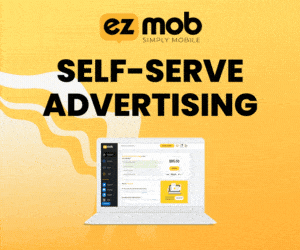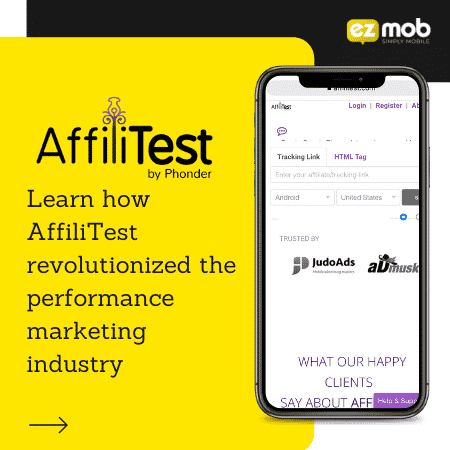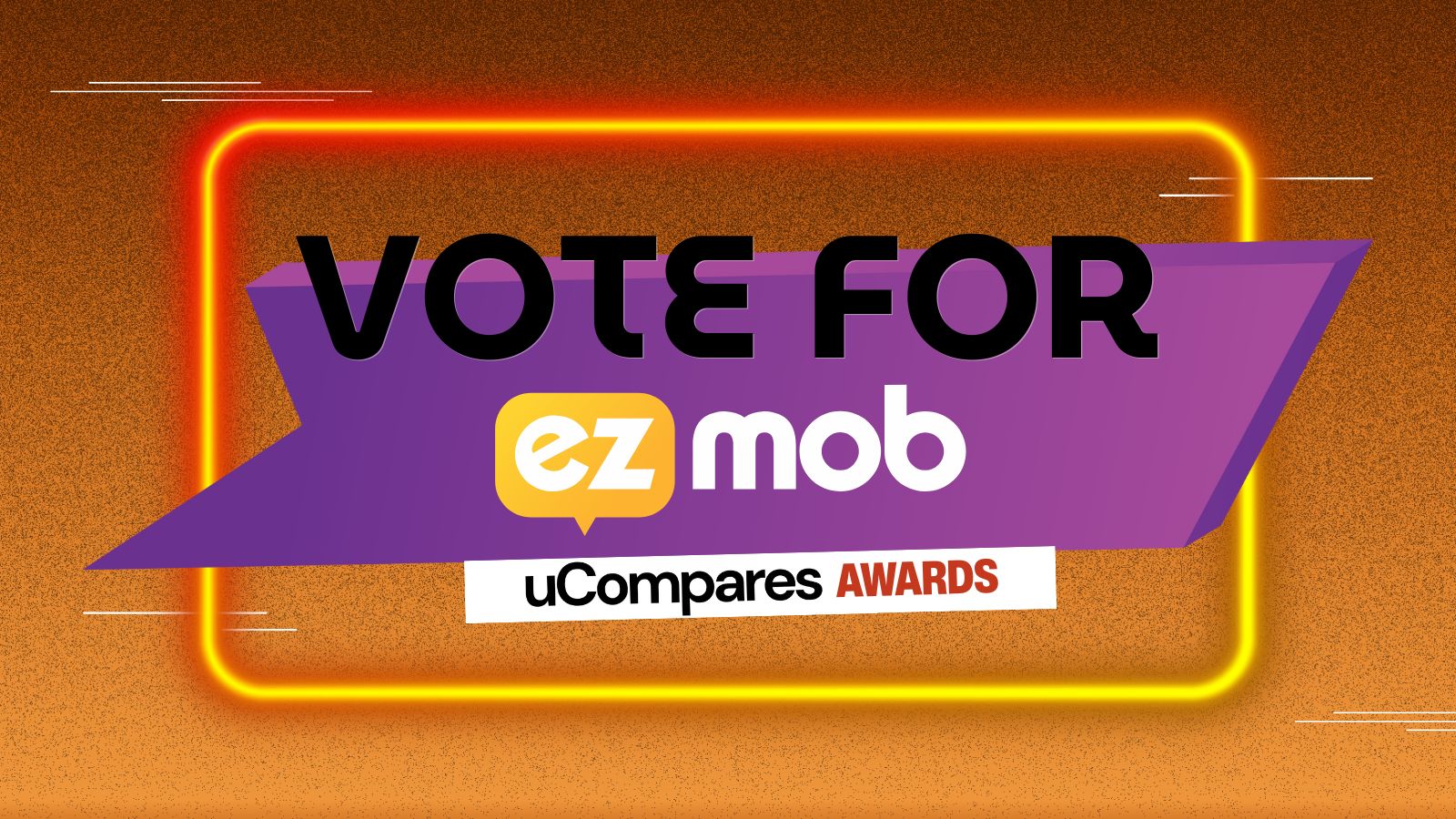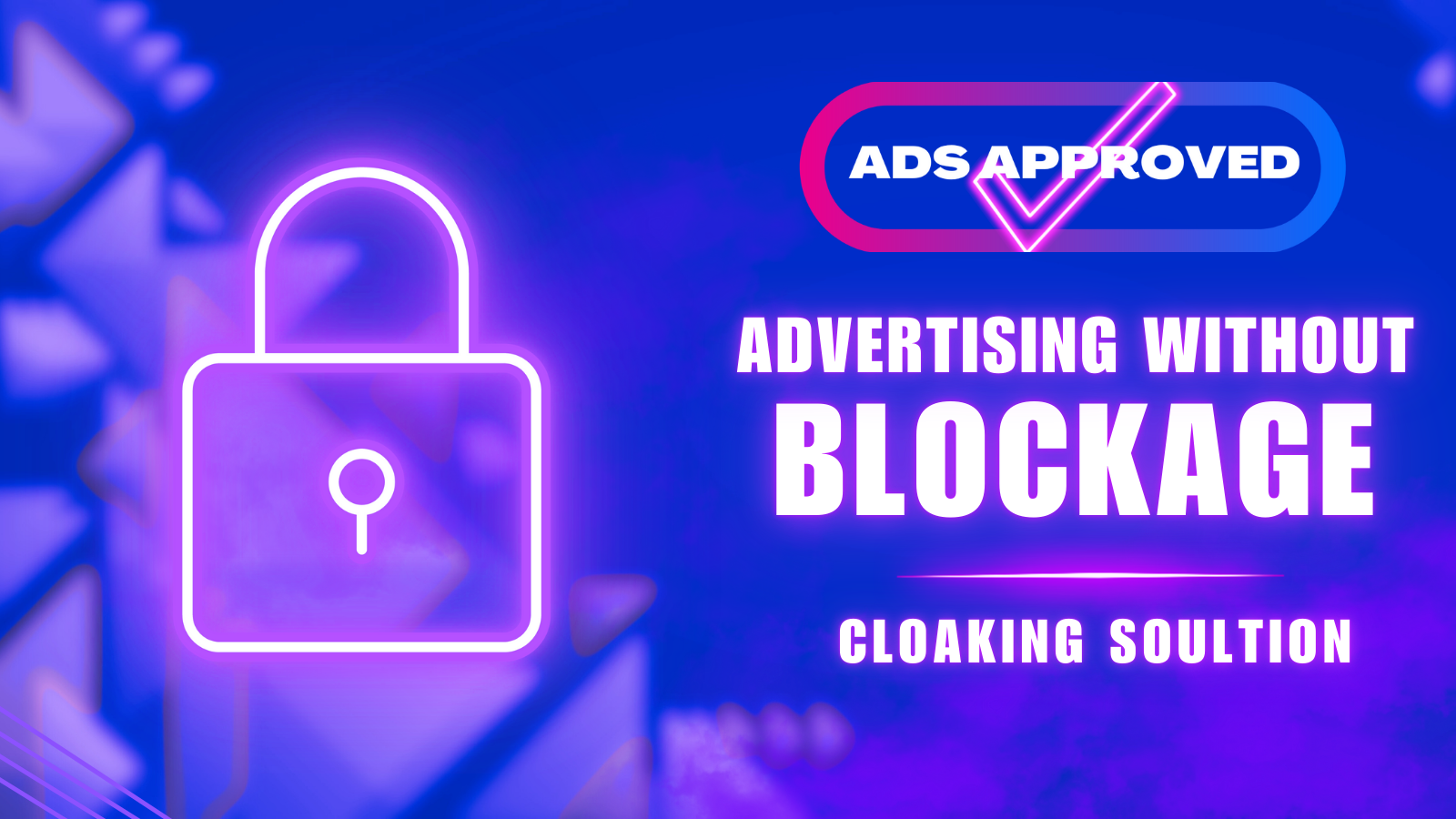The Programmatic Advertising Buyers Guide (2025)
Introduction
Programmatic advertising numbers are public, and they’re also pretty vivid. In 2019, US advertisers will spend nearly $60 billion on programmatic display. By 2021, It is estimated that almost 88%, or $81.00 billion, of all US digital display ad dollars, will be done via programmatic advertising formats. That’s an 8% increase from 2018!
Why do marketers seek programmatic advertising for their display campaigns, and what’s programmatic advertising all about anyway?
Table of Contents
Programmatic Advertising: Definition
Put automated buying, and selling of online advertising, rather than buying directly from online publishers. The point is to let technology come in where we humans can’t. Machine learning AI is heavily involved when doing programmatic media buy. As marketers, we aim to increase transparency and effectiveness for both sides of the media buy transaction.
Real-time auctions are done where ads are requested and visible to the end user in a relatively concise amount of time.
I am interested in learning more about programmatic advertising and how it works. Keep reading!
Programmatic Advertising: Who is it for?
Programmatic advertising fulfills an extensive range of channels included in digital advertising, including mobile, social, video, and display advertising or banner ads. Programmatic ads are also arriving offline, with many channels beginning to advertise programmatically through public digital screens in shops and digital billboards.
In the past, programmatic ads were more something that a large media agency would do, but as technology became more affordable and abundant, a rapid increase in self-serve DSP or programmatic platforms where one can control his campaigns without having to engage with all the technical aspect of setting up end-points, clients are now able to access programmatic inventory and compete against the biggest brands on the same playing field, no middlemen involved.
What is Programmatic Advertising?
Programmatic Marketing is limited to Programmatic Advertising, meaning that when we refer to programmatic marketing, we’re still referring to programmatic display ads or what we know as banner ads; of course, display advertising includes much more, such as native ads, interstitials, some form of programmatic popups and push notification ads done via programmatic ad serving.
Programmatic is automatically buying digital advertising space, with computers using data to decide which ads to buy and how much to pay.
How did we get to this point, tech-wise?
The first banner ad impressions were generated in 1994 in what is known now as Wired Magazine and featured a banner by AT&T, which, back then, was revolutionary.
This display ad was revolutionary but would today be considered bad practice.
Here it is in all its glory…
In those days, there was no technology involved, and people purchased and sold online ad inventory as you would buy a standard magazine or newspaper advertising space.
The sales Department would reach agreements with advertisers to place graphically. Display ads, or what we know, are banner ads without any relevance to the audience.
The first proper adserver was built in 1995. That opened a new range of possibilities, such as displaying your ads across many different websites simultaneously without much leg walk.
One of the first was DoubleClick, Which was purchased by Google in 2007. In those days, more publishers were available than advertisers willing to buy their traffic, creating a surplus of ad inventory that no one was buying. To solve this issue, ad networks were created.
Ad networks are platforms that pull unsold ad space from several publishers and make it available at a meager rate.
Premium inventory was still being sold manually in most cases. Still, the leftovers were sold to the highest bidder in online media auctions at those times, and no actual targeting features that we take for granted today were offered. Features such as micro-bidding or knowing which user saw your ad, how old is the user? What is his main interest? Those remained a mystery for advertisers; All this became a stepping Stone For Real-Time Bidding technology, the most authentic instance of programmatic ads.
Want to learn more about OpenRTB? Keep reading.
What is Real-Time Bidding (RTB)?
Real-time bidding means selling or buying online advertising impressions through real-time auctions when it takes a web page to load. Ad exchanges or supply-side platforms often help those auctions.
To envision the process, keep this flow in mind.
The user enters a website; then, an ad request is sent to the ad exchange platform with all the information about the user and the website itself.
This information is matched and checked with all available demand partners or advertisers, and a real-time auction starts between all the relevant advertisers.
For example, did you ever notice that after you’ve visited a particular website, any visit to any other site suddenly shows you dog food ads? That’s called remarketing, and it is also based upon programmatic advertising technology, which facilitates Real-Time Bidding.
In the time it takes to load the website, roughly 100ms, an auction occurs between that dog food brand advertiser and any other advertiser looking to show you ads as a user. If the dog food brand advertiser knows you intend to buy dog food, he might bid more than other programmatic advertisers.
Whoever bids the most will win the impression and get to show you, the user, an ad.
In the past, advertisers would seek relevant sites, in our case, for example, blogs about dogs or dog nutrition sites; users who end up on these sites likely own a few relevant traits you’d like to capitalize on as brand advertisers. Advertisers manually negotiate and upload their banner ads campaigns to these sites to get the audience pertinent to their products and services.
Real-time bidding allows a more granular media buy process; ads can be bought and sold on a per-case basis, which means that out of all the users of a particular website, you can opt-in to display ads only to the users who visited your website instead of all the users as a whole. That allows advertisers to increase their bids or to become more competitive when buying relevant users in a programmatic auction through openRTB.
Is Real-Time Bidding a Form of Programmatic Advertising?
Yes, real-time bidding, or RTB, uses programmatic marketing technology, but not all programmatic advertising technologies utilize RTB, although most do.
Programmatic ads are a straightforward way to make ad media buy automatic; openrtb can be one way to get it done. Even though a lion-share of programmatic ads are done via Real-time bidding, other models are available for programmatic advertisers.
Direct Programmatic
– Mostly reserved for top advertisers looking for a volume of premium ad impressions from specific sites.
– Bidding is usually done on a fixed CPM rate.
– Ad formats usually include rich media or full-page interstitial ads.
Private Exchange buying (PMP)
– A closed marketplace where you can join trading by being ‘invited’ by the network.
– An excellent way to take out the middleman, which in this case is ad networks.
– Deal terms are pre-negotiated, which creates less of a real-time environment and
An auction usually takes place, but the terms of the deal are pre-negotiated, creating a more manual environment than regular RTB.
So what IS the difference between RTB and Programmatic?
Real-Time Bidding is just one niche of the programmatic advertising ecosystem. It’s a granular buying method where you buy the ad impressions you deem valuable in real-time instead of buying non-relevant users.
But for the programmatic advertising ecosystem to work, a few other components must be available.
We have DSPs connected to DMP or data management platforms on the advertiser’s side. Suppliers or publishers use a supply-side platform that effectively distributes the publisher’s inventory to the different ad exchanges.
What is an Ad Exchange?
An Ad Exchange is where publishers trade with advertisers and close on a price to monetize their ads. Consider it similar to the stock market, where digital ad display impressions are being auctioned off instead of shares. Most ad exchanges utilize RTB to do their auctions in real-time, maximizing gain for their publishers.
How an ad exchange works
The ad exchanges are located well in the heart of the programmatic ecosystem and are connected to both the demand-side and supply-side platforms for the publisher’s side.
What is the difference between an ad network and an ad exchange?
An ad network is a platform that’s a collection of publisher’s websites; it offers inventory for advertisers coming solely from these sites. On the other hand, an ad exchange is where advertisers can buy ad space from various advertising networks.
Ad exchange vs. ad networks
One makes the other; an ad exchange is a technological connection between several ad networks. Perhaps the business is best with a specific type of client verticals or ad format, but you can buy the same traffic by dealing directly with the ad networks. Usually, publishers use ad exchanges to ‘dump’ their unsold inventory, hoping it will raise their bottom line slightly. Ad exchange became much more relevant in past years due to the rapid growth of the programmatic advertising space.
TOP AD EXCHANGES 2019
There are numerous ad exchanges for publishers and advertisers to connect to. These are the biggest ones:
AppNexus
Smaato
Rubicon Project Exchange
Microsoft Ad Exchange
OpenX
WHAT IS A DEMAND-SIDE PLATFORM (DSP)?
A demand-side platform is a basic code enabling demand-side partners or advertisers to trade or buy ad impressions in a programmatic fashion.
How does a DSP work?
An advertiser registers with a demand-side platform connected to a programmatic ad exchange. The trading itself of inventory and ad sell and buy is done through the business.
THE DSP ECOSYSTEM
When a user arrives at a website integrated with a programmatic ad exchange, a signal of the auction is sent to the business. In turn, the exchange platform requests the DSP to see whether it has a relevant ad that fits the placement in size, vertical, targeting, and more. All done in real-time and in under 100ms. When it does, the DSP responds with a signal to enter an auction in real-time with all the relevant advertisers to compete for this impression.
What is the difference between a DSP and an SSP?
The difference is in the name; a DSP is a demand-side platform best suited for advertisers or demand partners, and an SSP is a supply-side platform catered to publishers. Each connects to a different part of the programmatic ecosystem. Advertisers use DSP (Demand-side platforms) to sort their ad buying – while publishers use SSPs to monetize their websites effectively.
What’s a Mobile DSP?
Mobile and desktop segmentation faded around 2015 when the same ad serving could be used for both platforms. Once the hype for mobile traffic is settled and buyers understand each forum has its advantage, ad exchanges also realize they can cater to all types of clients with one technology that deals both with the demand and supply. There are also ad formats catering to mobile and desktop properties, such as 300×250 and 728×90 ads, as well as banners in full mobile page size, 320x480px, that are also served across desktop sites.
With display advertising, while Google, for example, offers around 20-30 static display banner sizes, the main ones are these:
This is the heavy lifter for banner display sizes; a nice portion of all the traffic served through display advertising is done via this size for mobile and desktop inventory.
Still, it doesn’t mean you should always use just this size; while this banner ad size will increase traffic volume, programmatic is also targeting to garner attention and a new audience. For example, the entire page 320 x 480px banner ad will show you a much larger Click-thru-rate than the standard sizes but might have less inventory to buy.
Is Google Ads a Demand-side platform?
But unlike other DSPs, Google ads are limited to serving only Google’s inventory and partner networks. Even though Google is the most significant player in programmatic ads, there are a lot of placements and sites that Google can’t reach; that’s where programmatic ad networks come in.
Of course, that includes all the niches that don’t follow Google’s content guidelines but also pretty big well-known sites; you might have even heard of them; one is Facebook. Buying on Google ads won’t get you access to Facebook’s inventory, but buying programmatically with ad exchanges will. With EZmob DSP, you can access all programmatic sales, including top-tier ones like Appnexus and Mopub.
What is a Supply-Side Platform (SSP)?
Like programmatic advertisers using DSPs or Demand side platforms to manage programmatic media buying, suppliers or publishers use SSPs or supply-side platforms to manage their website inventory.
In the past, this was an entirely manual process similar to selling TV air time; you would need salespeople to reach out to potential buyers and manually close deals. Today, thousands of sales occur within any second of the day based on impressions.
The SSP is integrated into an ad exchange, and through real-time bidding, the inventory is auctioned to the highest bidding buyer.
Supply Side Platforms or SSPs
The beauty of programmatic advertising is how it acts in favor of whoever is using it; while the SSP’s job is to sell the publisher’s inventory at the highest price, a DSPs purpose is to buy it for the lowest bid possible. SSPs have many ways to maximize their yield from ad exchanges, such as working with more than one and optimizing according to the demand each ad exchange presents the SSP. A publisher can also utilize the SSP features to enact a minimum selling price under which impressions won’t be sold: Ers or specific channels.
Join our Newsletter
Get access to promotions, case studies, and recommended partners






